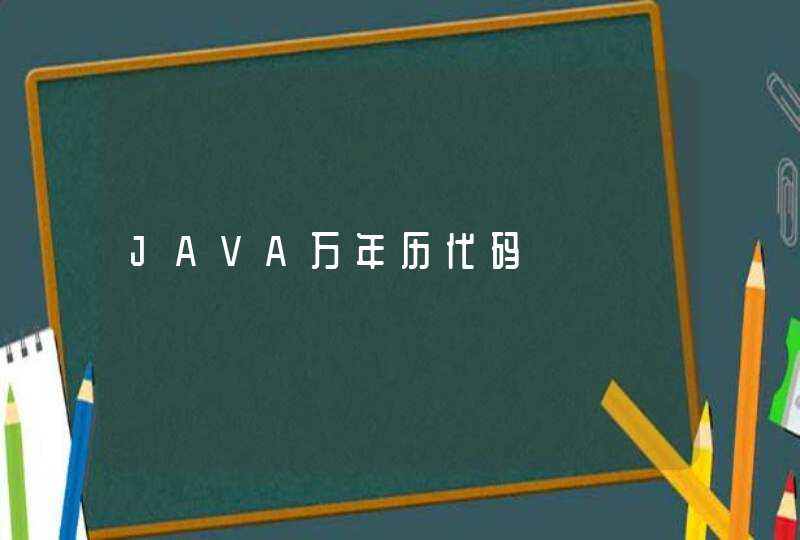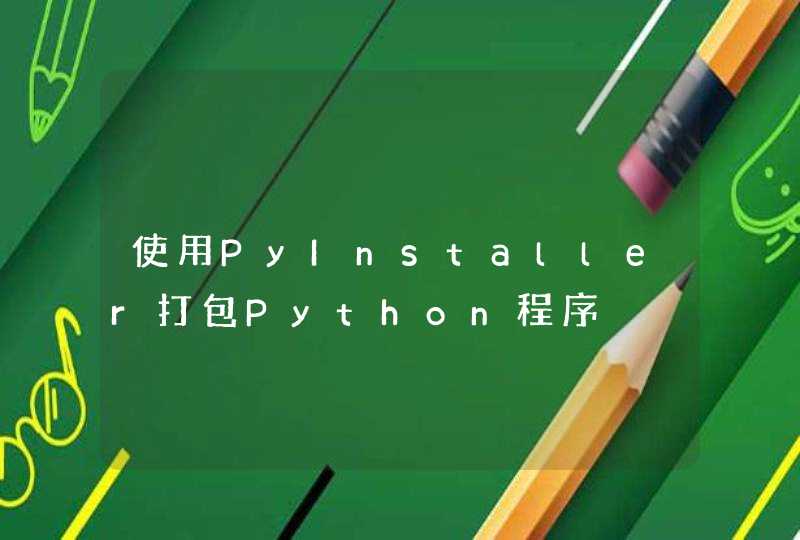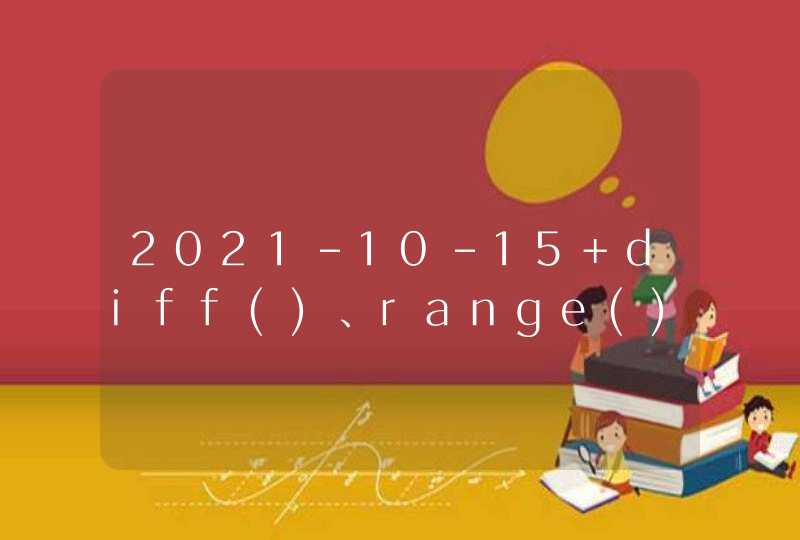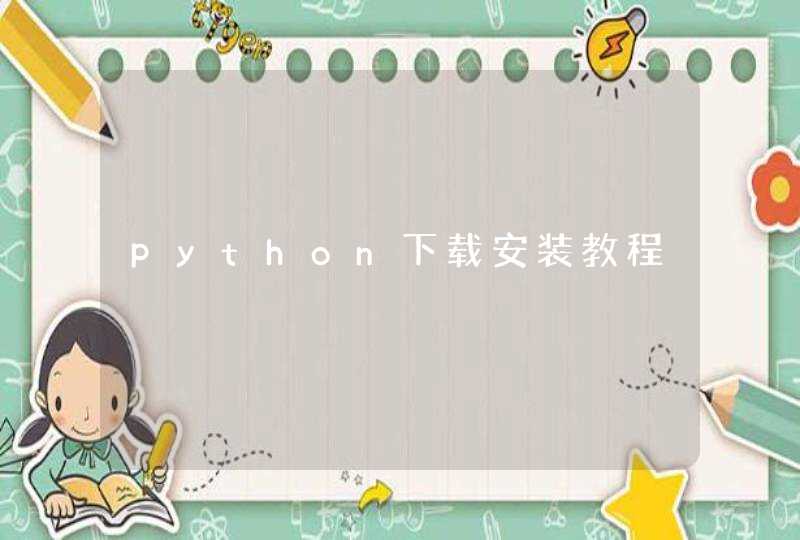
Java中实现多线程有两种途径:继承Thread类或者实现Runnable接口。Runnable是接口,建议用接口的方式生成线程,因为接口可以实现多继承,况且Runnable只有一个run方法,很适合继承。在使用Thread的时候只需继承Thread,并且new一个实例出来,调用start()方法即可以启动一个线程。
Thread Test = new Thread()
Test.start()
在使用Runnable的时候需要先new一个实现Runnable的实例,之后启动Thread即可。
Test impelements Runnable
Test t = new Test()
Thread test = new Thread(t)
test.start()
总结:Thread和Runnable是实现java多线程的2种方式,runable是接口,thread是类,建议使用runable实现java多线程,不管如何,最终都需要通过thread.start()来使线程处于可运行状态。
2、 认识Thread的start和run
1) start:
用start方法来启动线程,真正实现了多线程运行,这时无需等待run方法体代码执行完毕而直接继续执行下面的代码。通过调用Thread类的start()方法来启动一个线程,这时此线程处于就绪(可运行)状态,并没有运行,一旦得到spu时间片,就开始执行run()方法,这里方法run()称为线程体,它包含了要执行的这个线程的内容,Run方法运行结束,此线程随即终止。
2) run:
run()方法只是类的一个普通方法而已,如果直接调用Run方法,程序中依然只有主线程这一个线程,其程序执行路径还是只有一条,还是要顺序执行,还是要等待run方法体执行完毕后才可继续执行下面的代码,这样就没有达到写线程的目的。
总结:调用start方法方可启动线程,而run方法只是thread的一个普通方法调用,还是在主线程里执行。
3、 线程状态说明
线程状态从大的方面来说,可归结为:初始状态、可运行状态、不可运行状态和消亡状态,具体可细分为上图所示7个状态,说明如下:
1) 线程的实现有两种方式,一是继承Thread类,二是实现Runnable接口,但不管怎样,当我们new了thread实例后,线程就进入了初始状态;
2) 当该对象调用了start()方法,就进入可运行状态;
3) 进入可运行状态后,当该对象被操作系统选中,获得CPU时间片就会进入运行状态;
4) 进入运行状态后case就比较多,大致有如下情形:
·run()方法或main()方法结束后,线程就进入终止状态;
·当线程调用了自身的sleep()方法或其他线程的join()方法,就会进入阻塞状态(该状态既停止当前线程,但并不释放所占有的资源)。当sleep()结束或join()结束后,该线程进入可运行状态,继续等待OS分配时间片;
·当线程刚进入可运行状态(注意,还没运行),发现将要调用的资源被锁牢(synchroniza,lock),将会立即进入锁池状态,等待获取锁标记(这时的锁池里也许已经有了其他线程在等待获取锁标记,这时它们处于队列状态,既先到先得),一旦线程获得锁标记后,就转入可运行状态,等待OS分配CPU时间片;
·当线程调用wait()方法后会进入等待队列(进入这个状态会释放所占有的所有资源,与阻塞状态不同),进入这个状态后,是不能自动唤醒的,必须依靠其他线程调用notify()或notifyAll()方法才能被唤醒(由于notify()只是唤醒一个线程,但我们由不能确定具体唤醒的是哪一个线程,也许我们需要唤醒的线程不能够被唤醒,因此在实际使用时,一般都用notifyAll()方法,唤醒有所线程),线程被唤醒后会进入锁池,等待获取锁标记。
·当线程调用stop方法,即可使线程进入消亡状态,但是由于stop方法是不安全的,不鼓励使用,大家可以通过run方法里的条件变通实现线程的stop。
在java中要想实现多线程,有两种手段,一种是继续Thread类,另外一种是实现Runable接口。对于直接继承Thread的类来说,代码大致框架是:
?
123456789101112class 类名 extends Thread{ 方法1方法2; … public void run(){ // other code… } 属性1; 属性2; … }
先看一个简单的例子:
?
12345678910111213141516171819202122232425262728/** * @author Rollen-Holt 继承Thread类,直接调用run方法 * */class hello extends Thread { public hello() { } public hello(String name) { this.name = name} public void run() { for (int i = 0i <5i++) { System.out.println(name + "运行 " + i)} } public static void main(String[] args) { hello h1=new hello("A")hello h2=new hello("B")h1.run()h2.run()} private String name}
【运行结果】:
A运行 0
A运行 1
A运行 2
A运行 3
A运行 4
B运行 0
B运行 1
B运行 2
B运行 3
B运行 4
我们会发现这些都是顺序执行的,说明我们的调用方法不对,应该调用的是start()方法。
当我们把上面的主函数修改为如下所示的时候:
?
123456public static void main(String[] args) { hello h1=new hello("A")hello h2=new hello("B")h1.start()h2.start()}
然后运行程序,输出的可能的结果如下:
A运行 0
B运行 0
B运行 1
B运行 2
B运行 3
B运行 4
A运行 1
A运行 2
A运行 3
A运行 4
因为需要用到CPU的资源,所以每次的运行结果基本是都不一样的,呵呵。
注意:虽然我们在这里调用的是start()方法,但是实际上调用的还是run()方法的主体。
那么:为什么我们不能直接调用run()方法呢?
我的理解是:线程的运行需要本地操作系统的支持。
如果你查看start的源代码的时候,会发现:
?
1234567891011121314151617public synchronized void start() { /** * This method is not invoked for the main method thread or "system" * group threads created/set up by the VM. Any new functionality added * to this method in the future may have to also be added to the VM. * * A zero status value corresponds to state "NEW". */if (threadStatus != 0 || this != me) throw new IllegalThreadStateException()group.add(this)start0()if (stopBeforeStart) { stop0(throwableFromStop)} } private native void start0()
注意我用红色加粗的那一条语句,说明此处调用的是start0()。并且这个这个方法用了native关键字,次关键字表示调用本地操作系统的函数。因为多线程的实现需要本地操作系统的支持。
但是start方法重复调用的话,会出现java.lang.IllegalThreadStateException异常。
通过实现Runnable接口:
大致框架是:
?
123456789101112class 类名 implements Runnable{ 方法1方法2; … public void run(){ // other code… } 属性1; 属性2; … }
来先看一个小例子吧:
?
123456789101112131415161718192021222324252627282930/** * @author Rollen-Holt 实现Runnable接口 * */class hello implements Runnable { public hello() { } public hello(String name) { this.name = name} public void run() { for (int i = 0i <5i++) { System.out.println(name + "运行 " + i)} } public static void main(String[] args) { hello h1=new hello("线程A")Thread demo= new Thread(h1)hello h2=new hello("线程B")Thread demo1=new Thread(h2)demo.start()demo1.start()} private String name}
【可能的运行结果】:
线程A运行 0
线程B运行 0
线程B运行 1
线程B运行 2
线程B运行 3
线程B运行 4
线程A运行 1
线程A运行 2
线程A运行 3
线程A运行 4
关于选择继承Thread还是实现Runnable接口?
其实Thread也是实现Runnable接口的:
?
12345678class Thread implements Runnable { //… public void run() { if (target != null) { target.run()} } }
其实Thread中的run方法调用的是Runnable接口的run方法。不知道大家发现没有,Thread和Runnable都实现了run方法,这种操作模式其实就是代理模式。关于代理模式,我曾经写过一个小例子呵呵,大家有兴趣的话可以看一下:http://www.cnblogs.com/rollenholt/archive/2011/08/18/2144847.html
Thread和Runnable的区别:
如果一个类继承Thread,则不适合资源共享。但是如果实现了Runable接口的话,则很容易的实现资源共享。
?
1234567891011121314151617181920212223/** * @author Rollen-Holt 继承Thread类,不能资源共享 * */class hello extends Thread { public void run() { for (int i = 0i <7i++) { if (count >0) { System.out.println("count= " + count--)} } } public static void main(String[] args) { hello h1 = new hello()hello h2 = new hello()hello h3 = new hello()h1.start()h2.start()h3.start()} private int count = 5}
【运行结果】:
count= 5
count= 4
count= 3
count= 2
count= 1
count= 5
count= 4
count= 3
count= 2
count= 1
count= 5
count= 4
count= 3
count= 2
count= 1
大家可以想象,如果这个是一个买票系统的话,如果count表示的是车票的数量的话,说明并没有实现资源的共享。
我们换为Runnable接口:
?
12345678910111213141516171819/** * @author Rollen-Holt 继承Thread类,不能资源共享 * */class hello implements Runnable { public void run() { for (int i = 0i <7i++) { if (count >0) { System.out.println("count= " + count--)} } } public static void main(String[] args) { hello he=new hello()new Thread(he).start()} private int count = 5}
【运行结果】:
count= 5
count= 4
count= 3
count= 2
count= 1
总结一下吧:
实现Runnable接口比继承Thread类所具有的优势:
1):适合多个相同的程序代码的线程去处理同一个资源
2):可以避免java中的单继承的限制
3):增加程序的健壮性,代码可以被多个线程共享,代码和数据独立。
所以,本人建议大家劲量实现接口。
?
基本上有两种,第一种是继承Thread类,然后重写run方法,来实现新线程类的创建。第二种是写一个类实现Runnable()接口,然后将这个类传给一个Thread对象来创建线程对象。这两种方法本质是一样的。因为Thread类也实现了Runnable接口。

































































